|
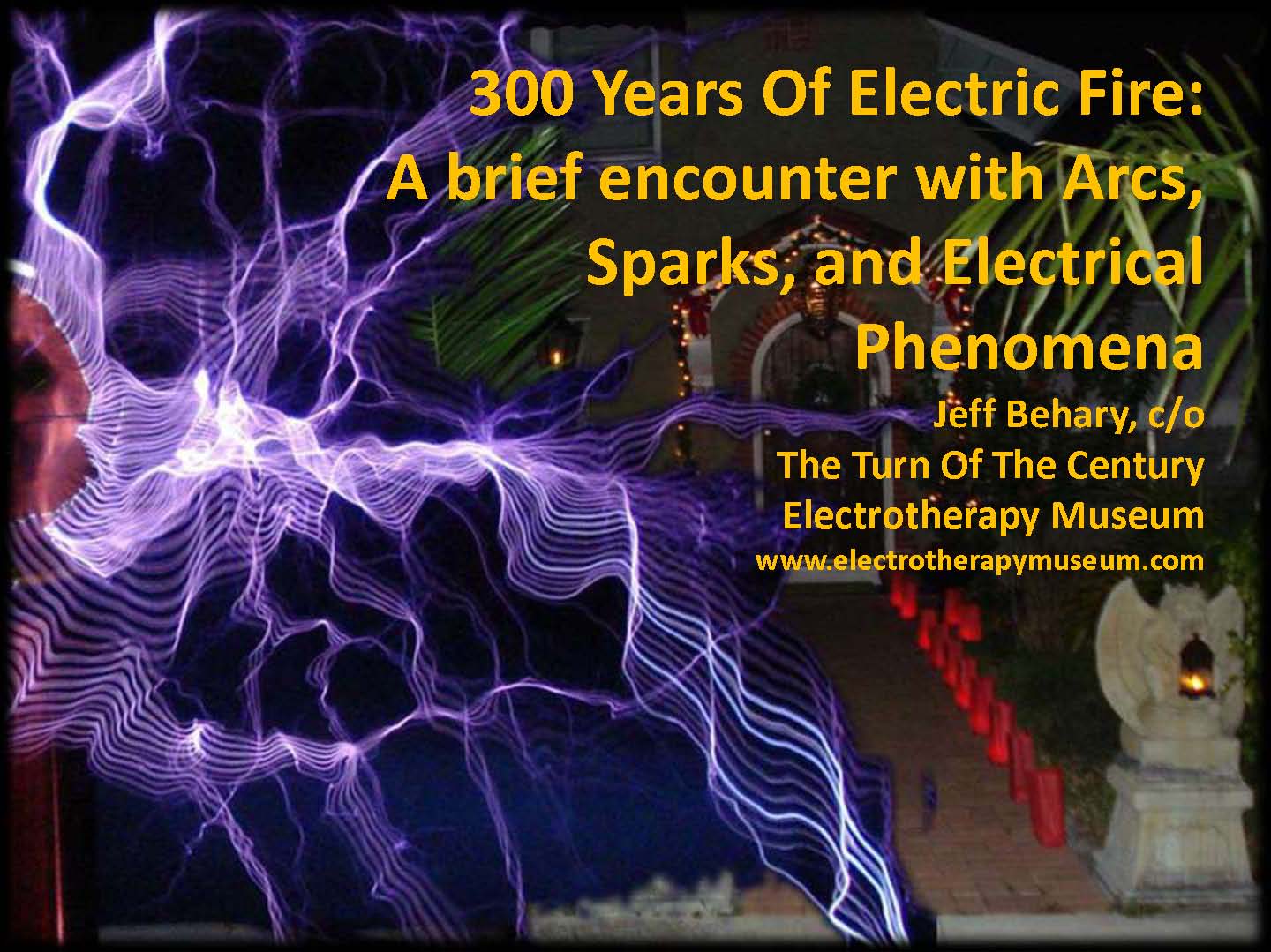

In
1672, Otto von Guericke published a book on vacuous space where he
demonstrated the first electrical machine. The chapter was
not written to demonstrate electricity, but
rather to demonstrate properties of the Earth. At that time, the
Earth was believed to be a large magnet - with north and south
poles. Guericke argued that if the Earth was a magnet, more
things would be "stuck" to the poles than at the rest of the
globe. He theorized that the Earth was an electric (modern
word: dielectric).
To show this, in 1663 he took a glass globe "the size of a baby's
head" and filled it with powdered sulpher. On heating the
globe, the sulpher melted and when allowed to cool the glass globe
was cracked off - leaving a creamy white "electric". A
handle was outfitted to the globe after a hole bored through its center,
and it was found that when rotated with one hand and rubbed
with the other it had the power or "virtue of attraction".
Guericke believe the Earth was in a sense a living entity, "Terrella",
and that our planet had the virtue of attracting
objects it desired and expelling objects that were
unwanted.
(If you threw something in the air, it was returned back
to you. Though certain things seemed to be allowed to ascend -
like an object thrown up falling and bouncing afterward.
Guericke noticed that small bits of paper and powders were attracted to the globe - but evenly all around.
After
some time, certain items were repelled. Guericke noticed that when
paper was repelled it was occasionally attracted back again - and its same face presented itself to the globe.
In this
way, he imagined that a similar reason must be why we always see the
same face of the moon.
There was curious interest in Guericke's work (which started off
with the invention of the vacuum pump) however new interest in
electricity lead people to replicate his work to study
electricity.
In the early 1700s Francis Hawksbee modified Guericke's original machine
by using simply a glass globe instead of sulpher. His initial
experiments included evacuating the globe and
adding mercury. He noticed that the globe emitted light when the
hand was rubbed against it...later he added a belt and pulley system to
make rotating the globe easier and began to study
both "electrical fire" and artificial lighting. The static machine was about to
become the newest and greatest topic of philosophical minds in the
1700s.
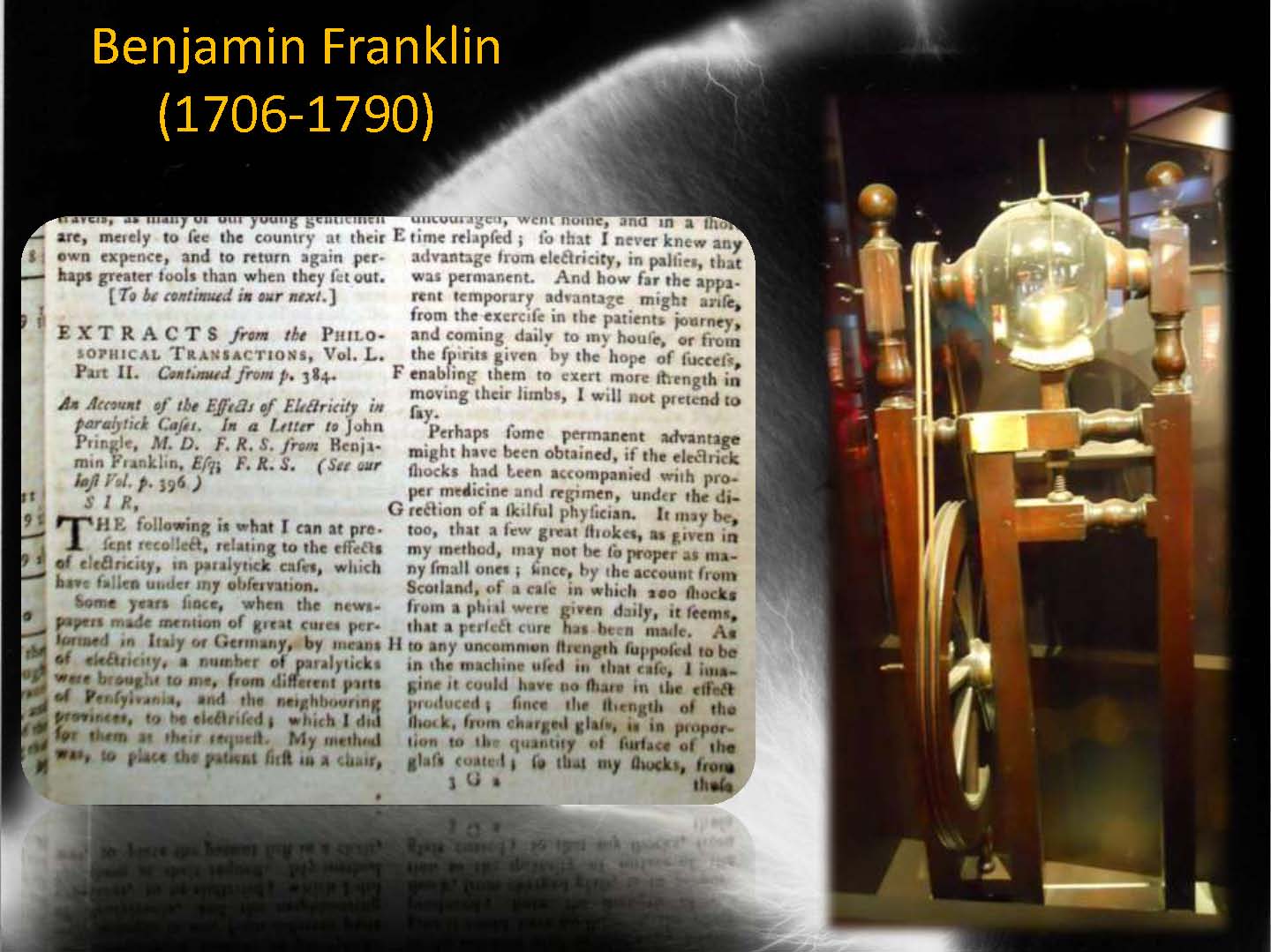
"Nothing was ever written upon the subject of electricity, which
was more generally read and admired in all parts of Europe, than these
letters. There is a hardly a European language into which
they have not been translated...It is not easy to say whether we are
most pleased with the simplicity and perspicuity with which these
letters are written, the modesty with which the author
proposes every hypothesis of his own, or the noble frankness with which
he relates his mistakes, when they were corrected by subsequent
experiments." Joseph Priestley (1777)

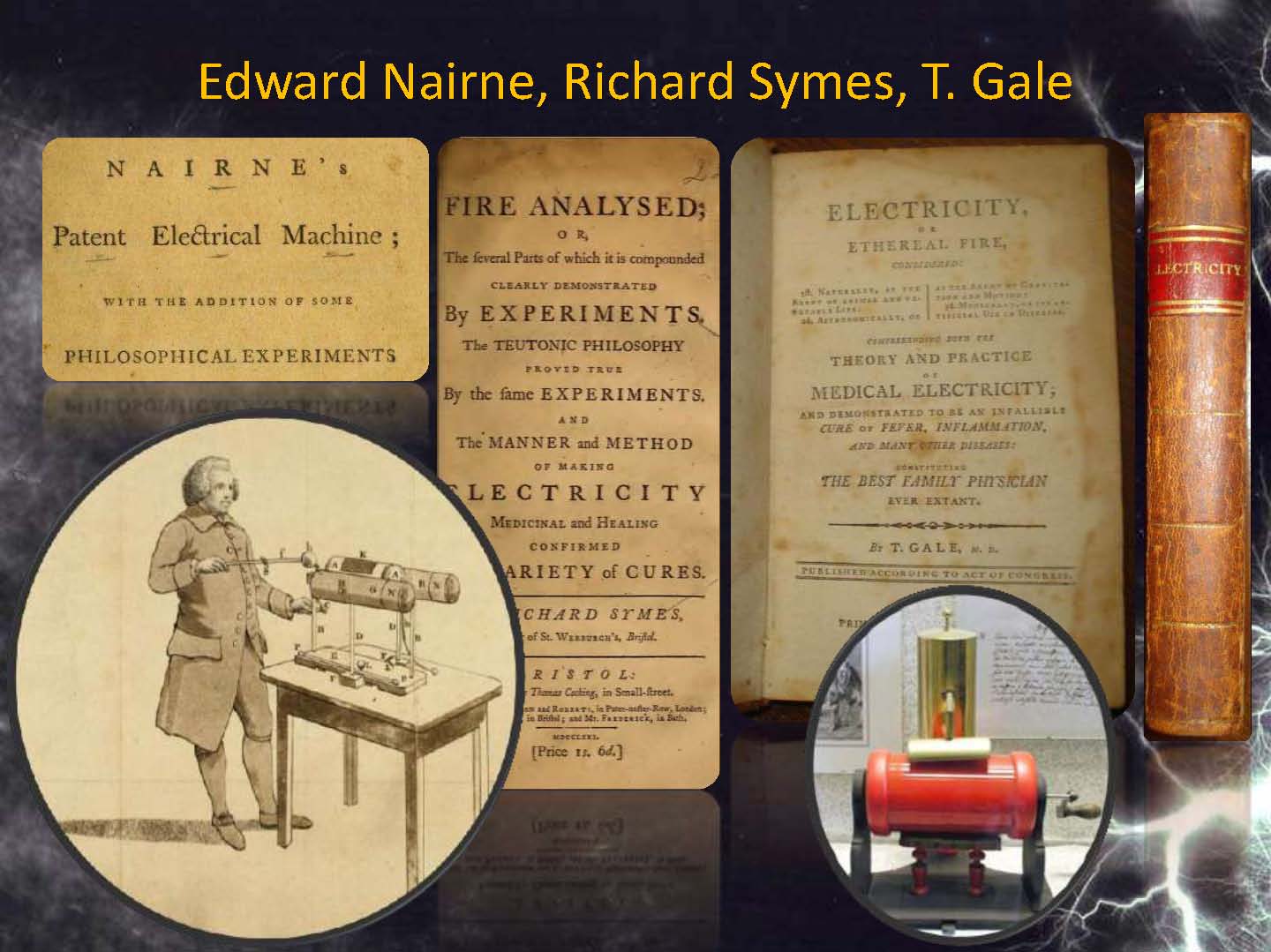

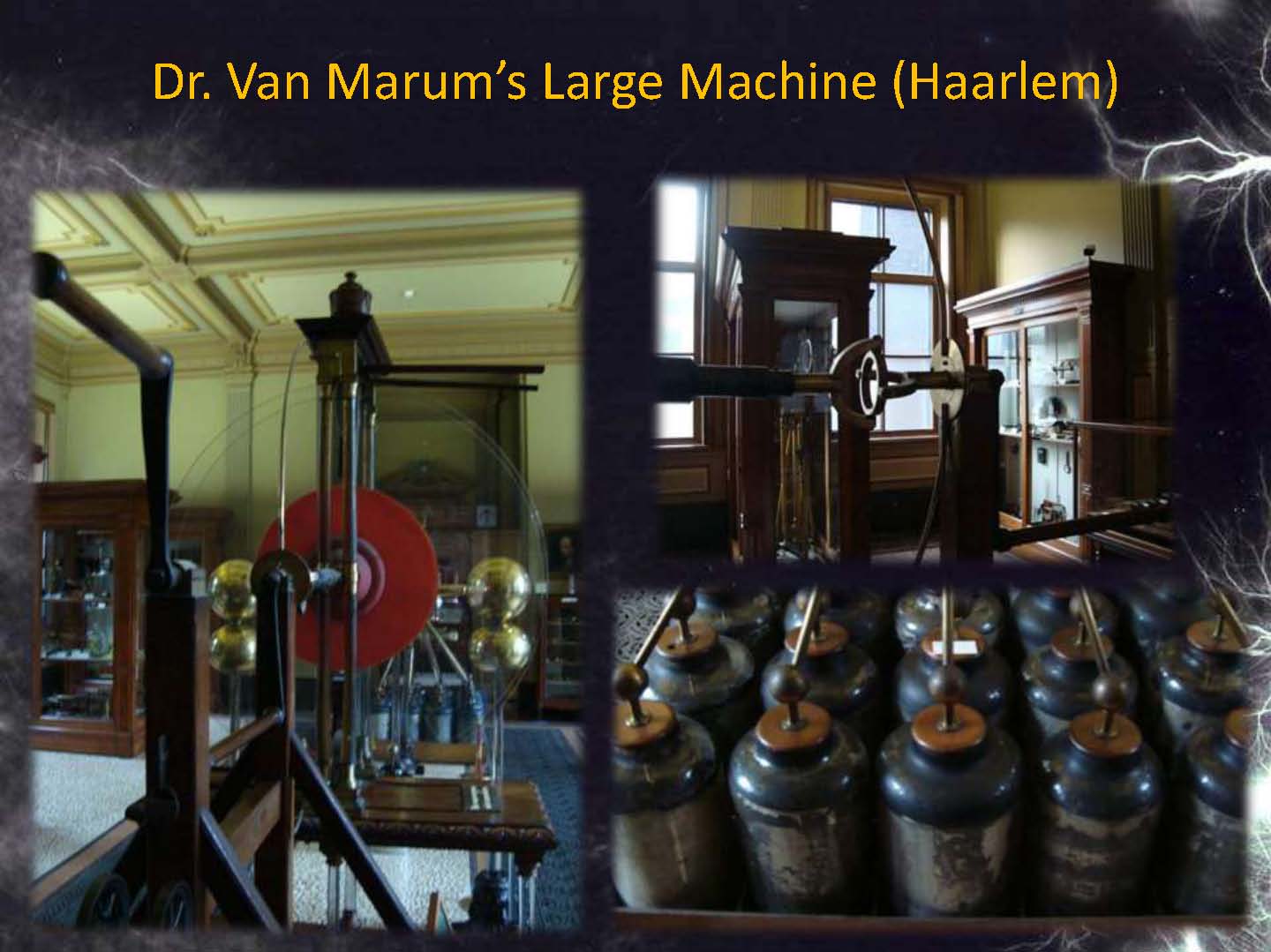
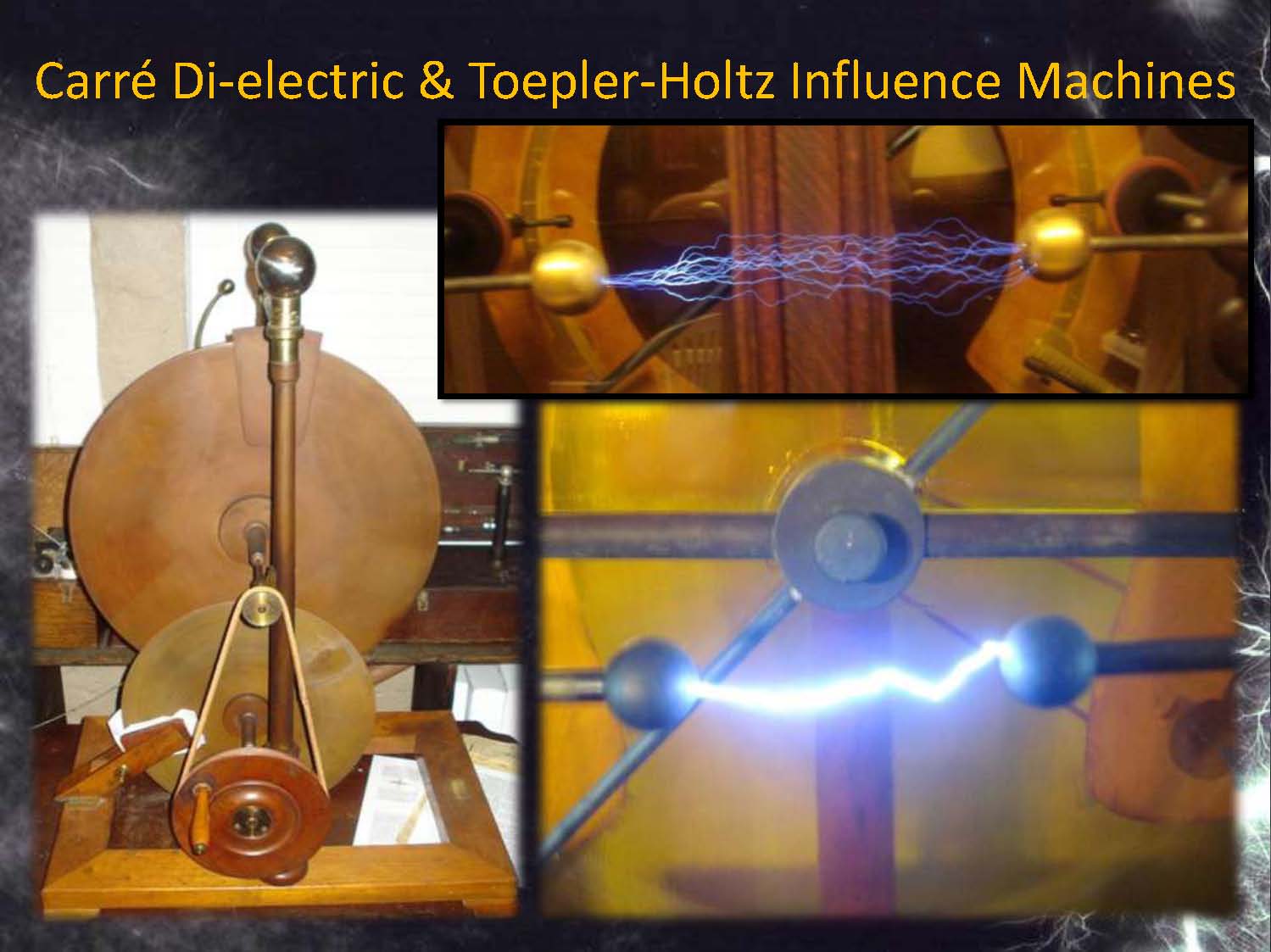

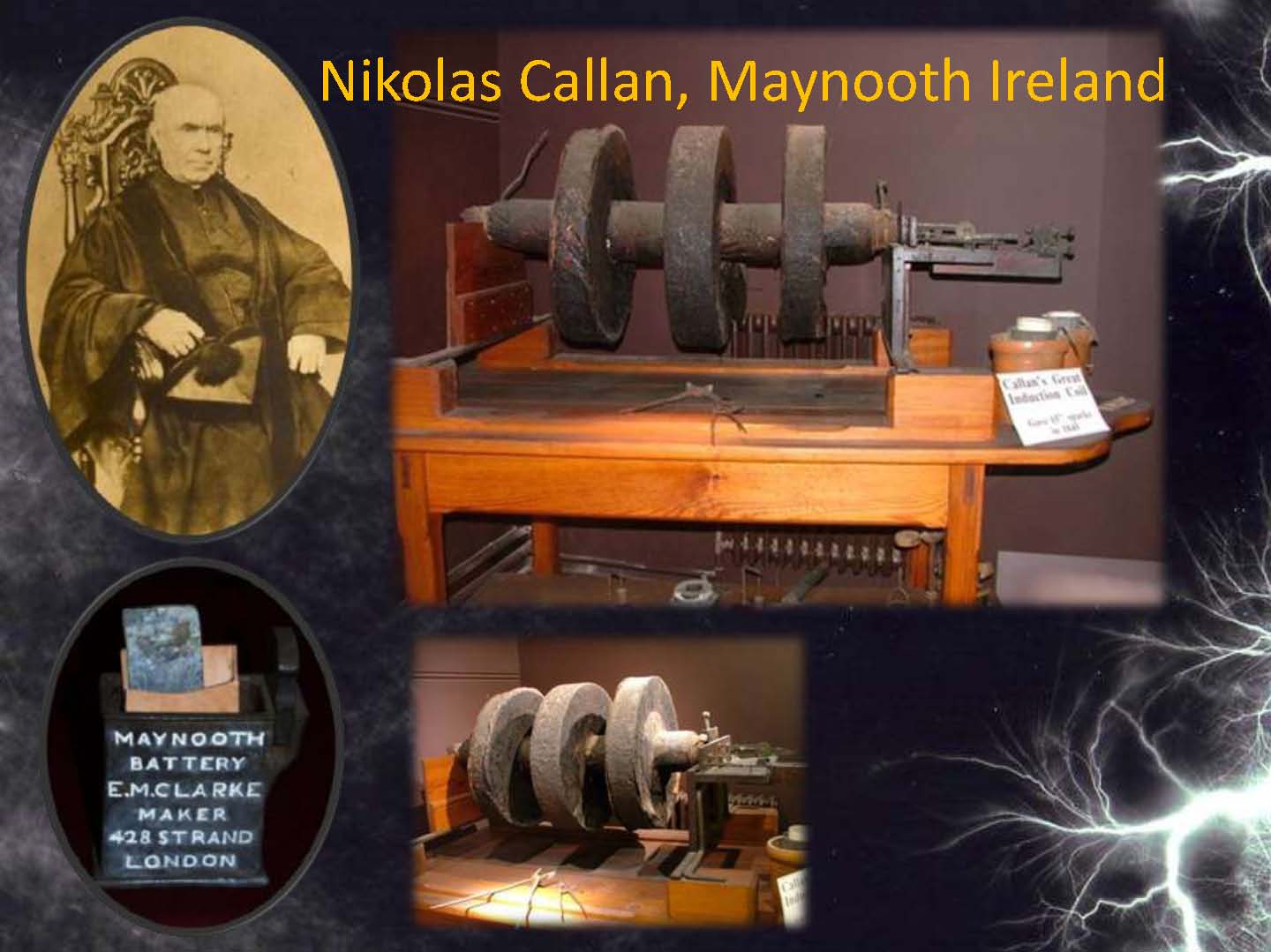
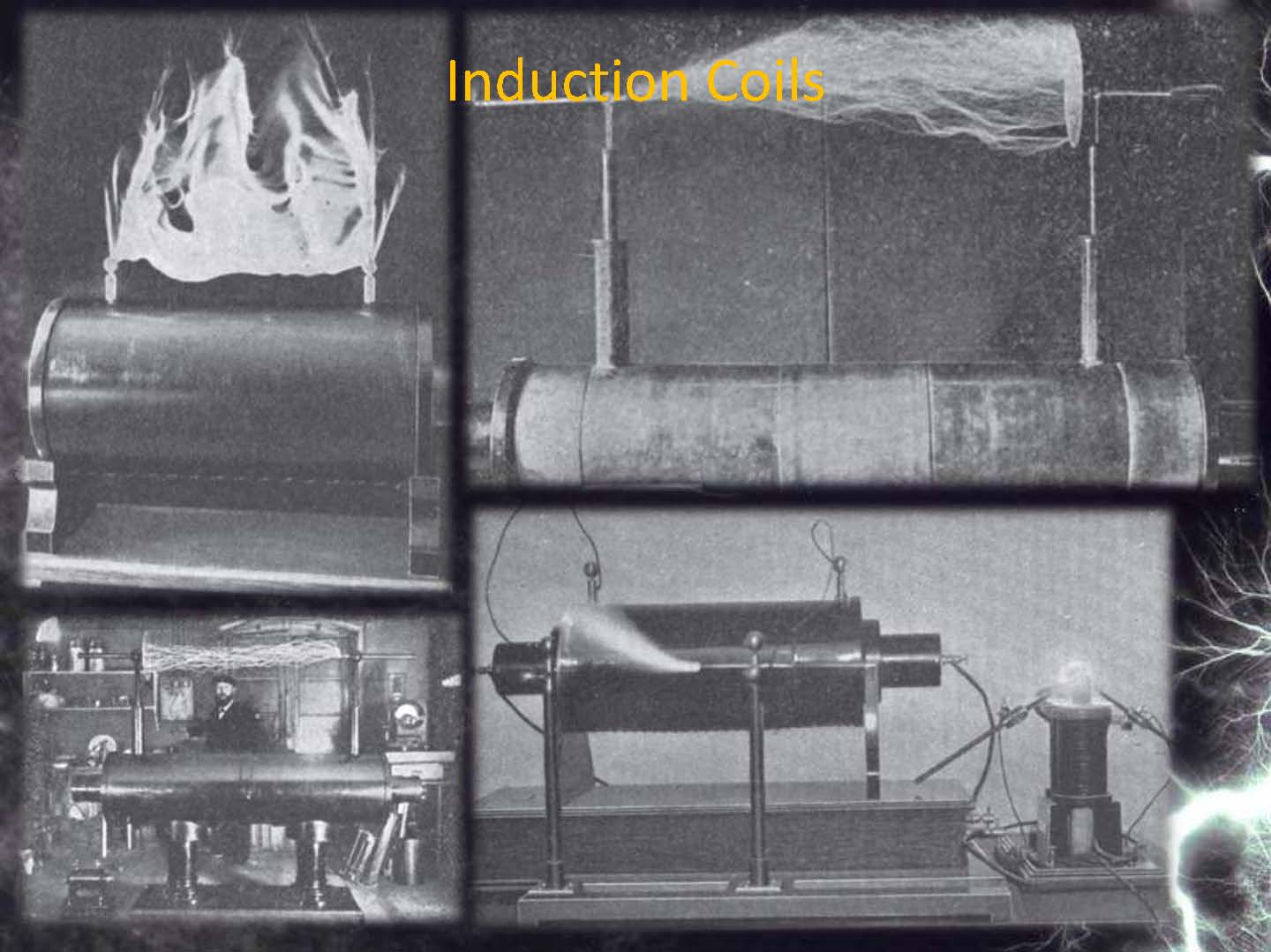

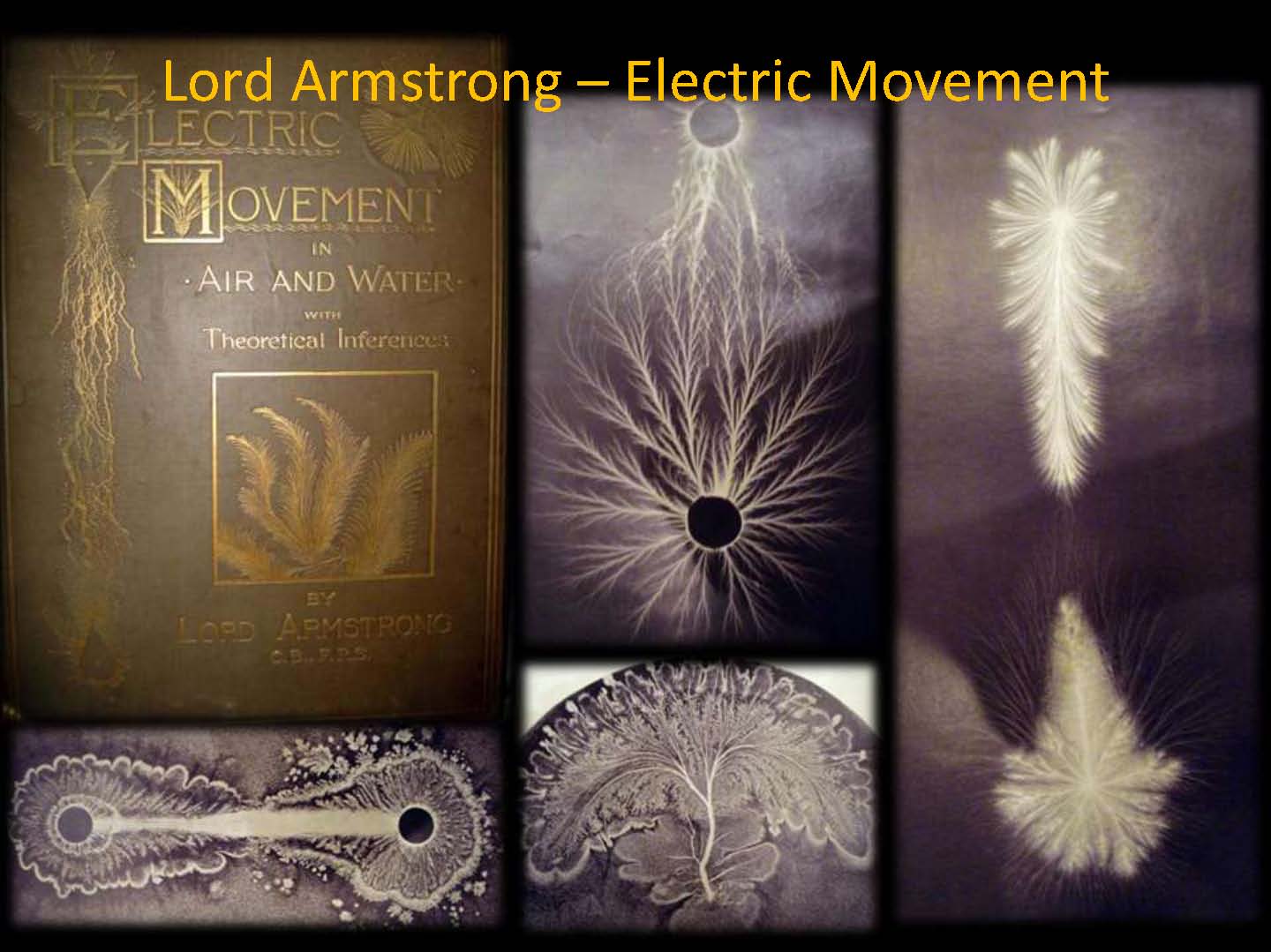
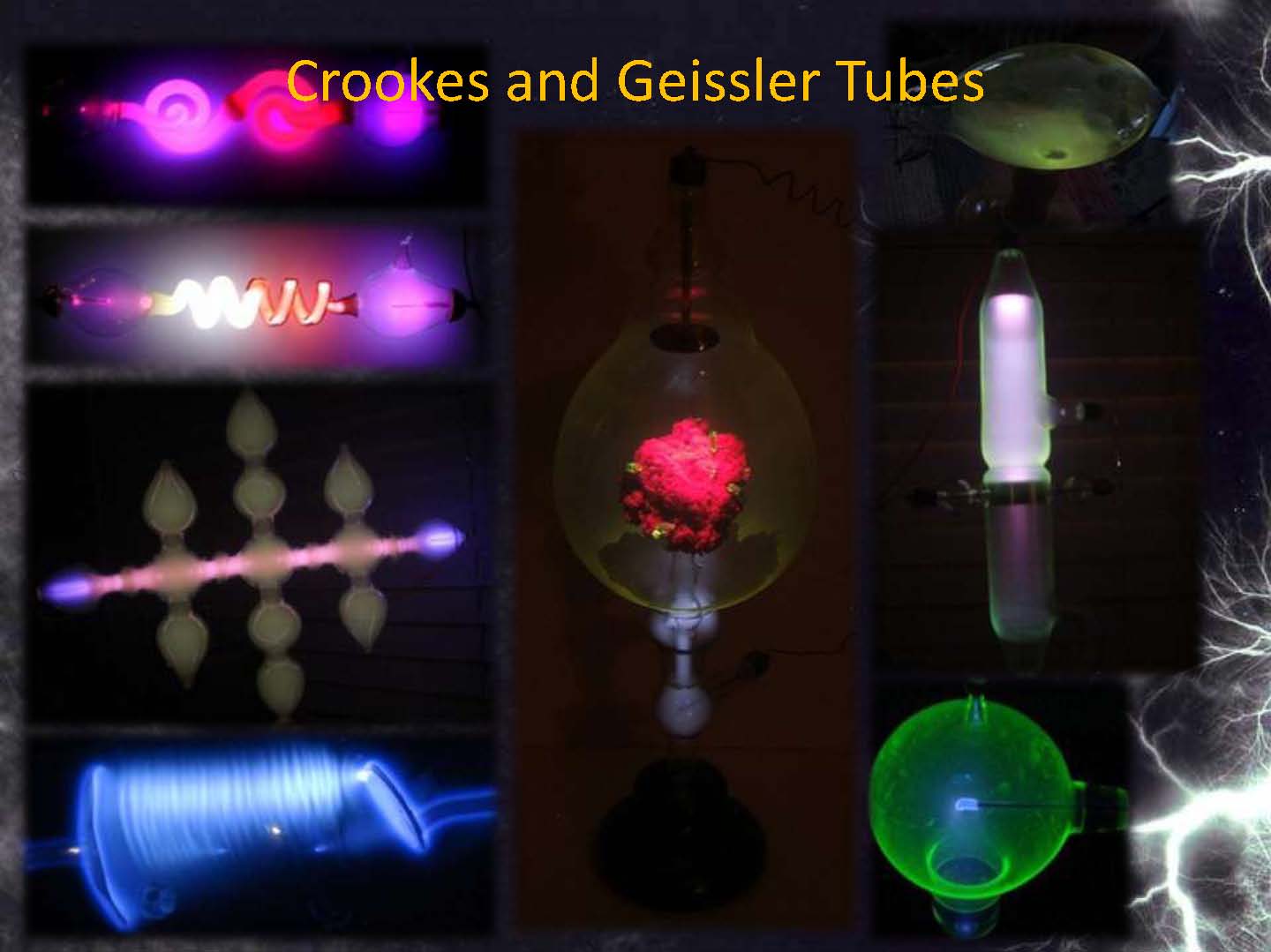

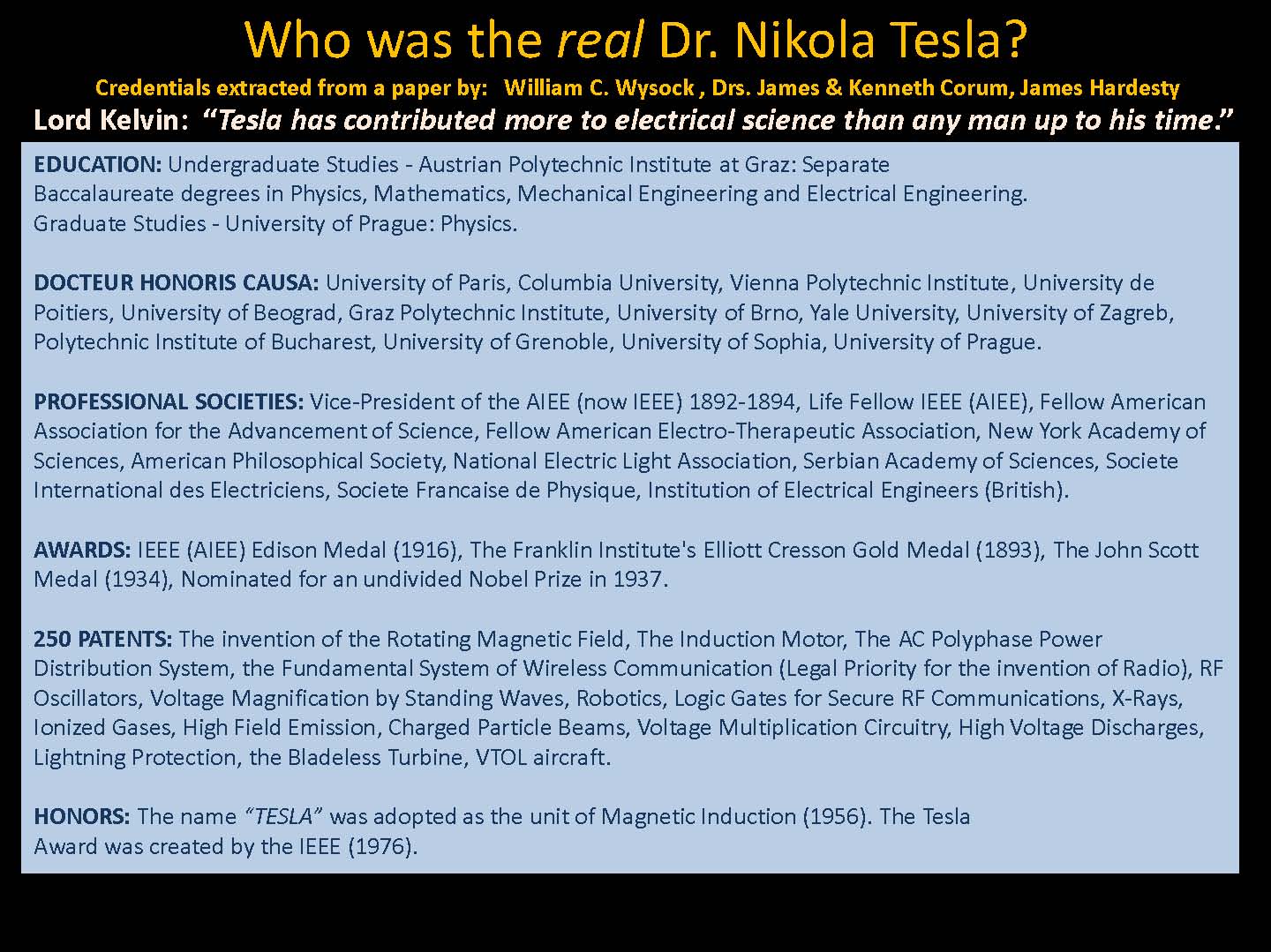
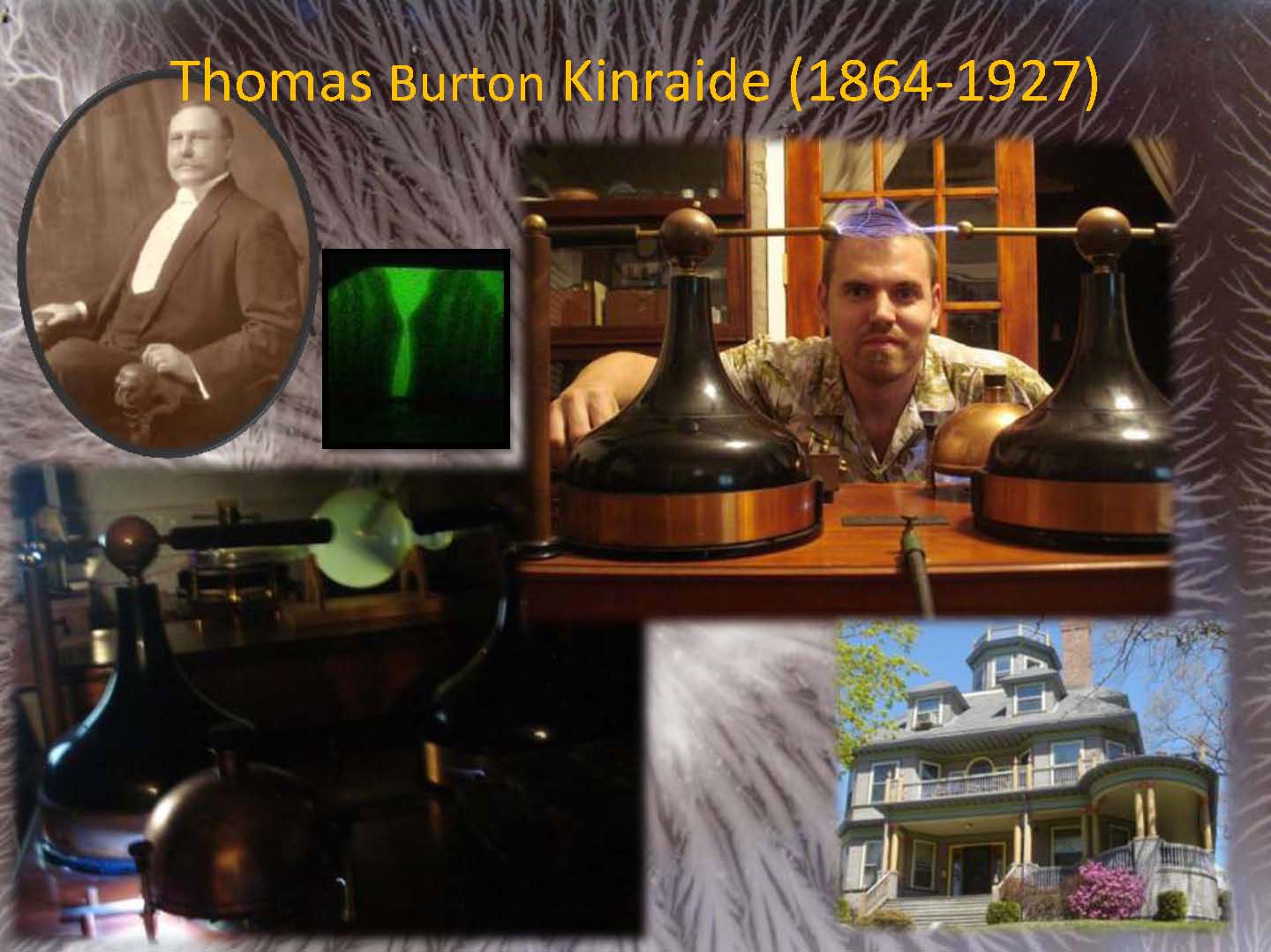


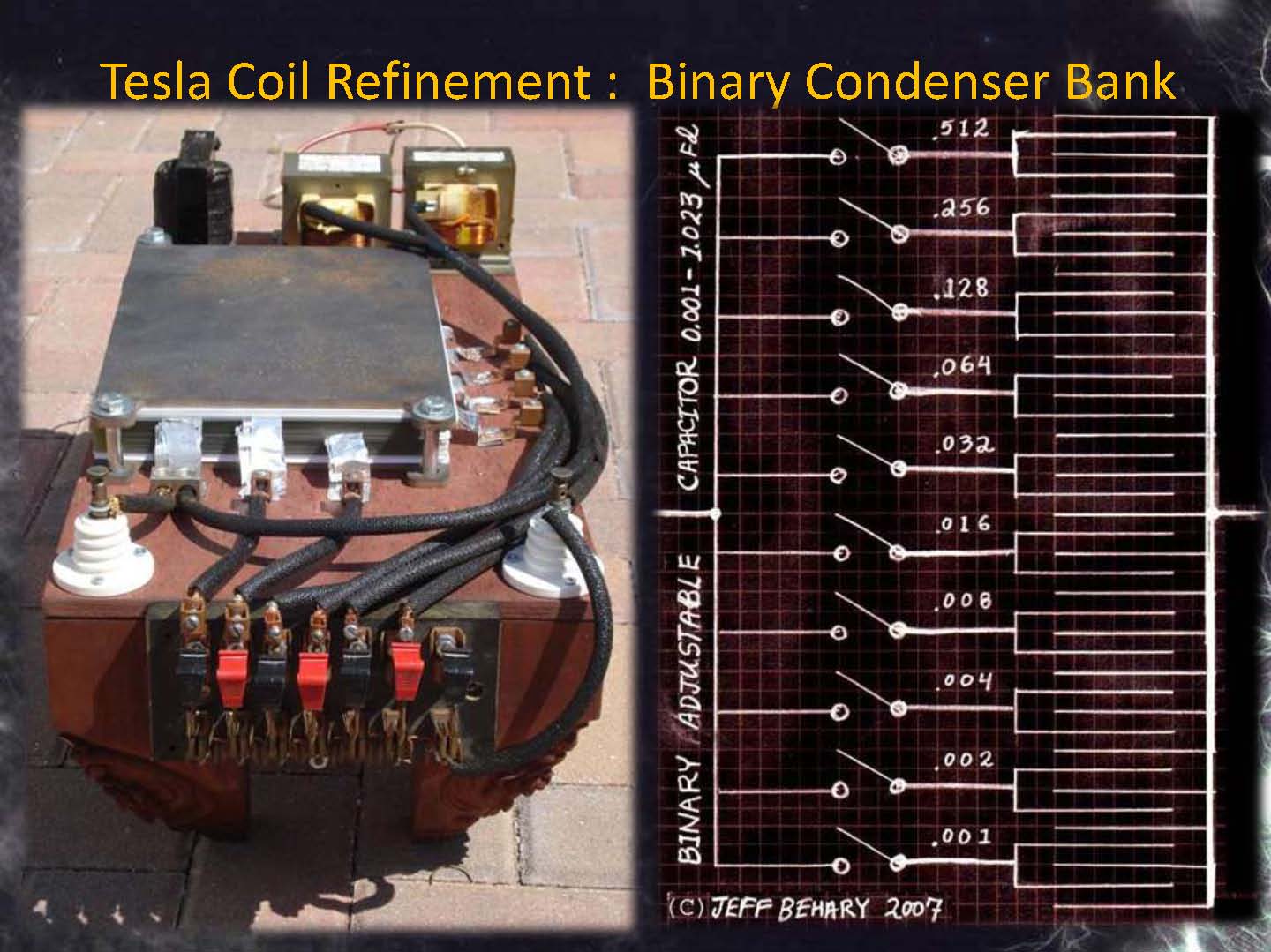


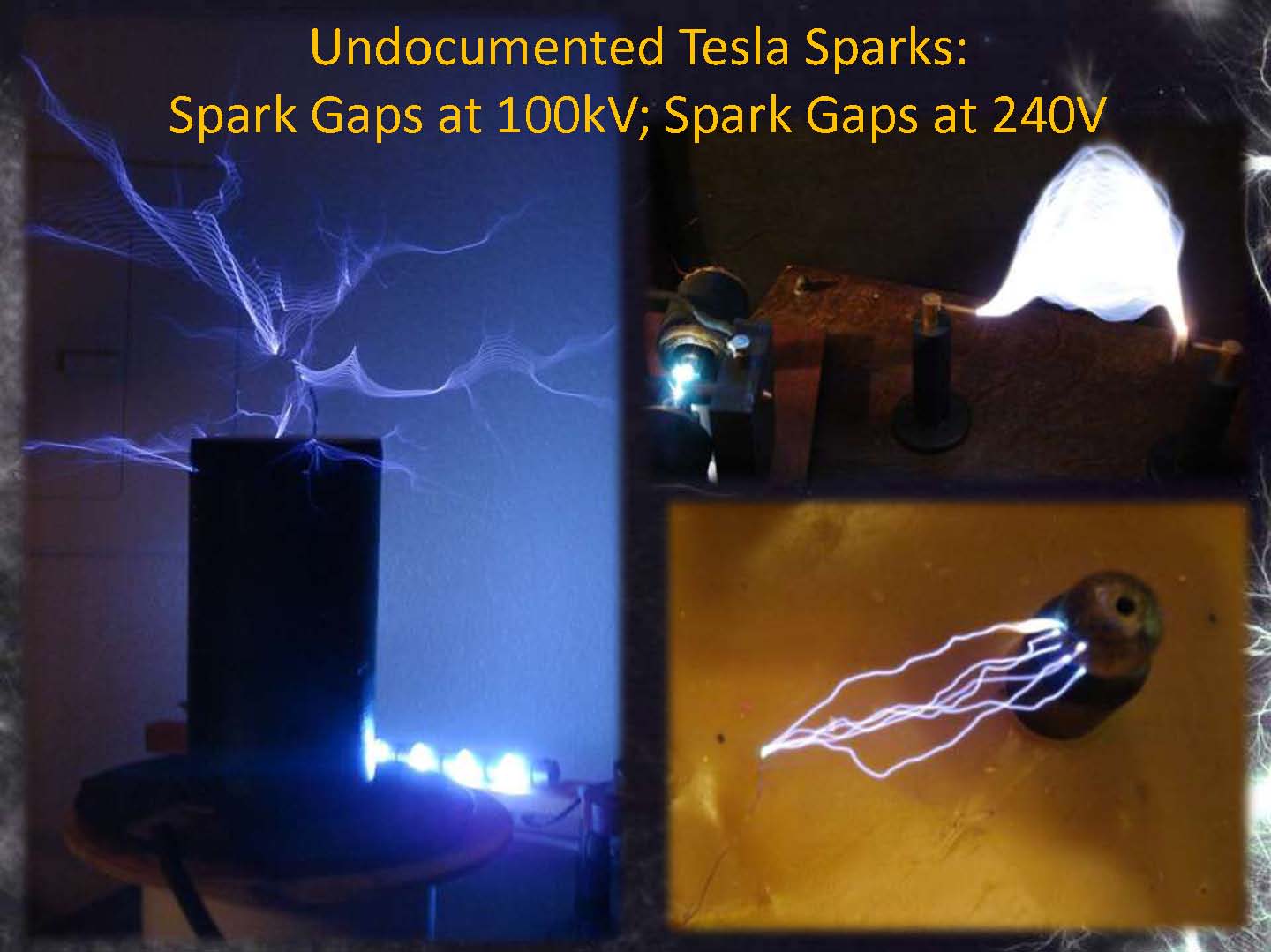



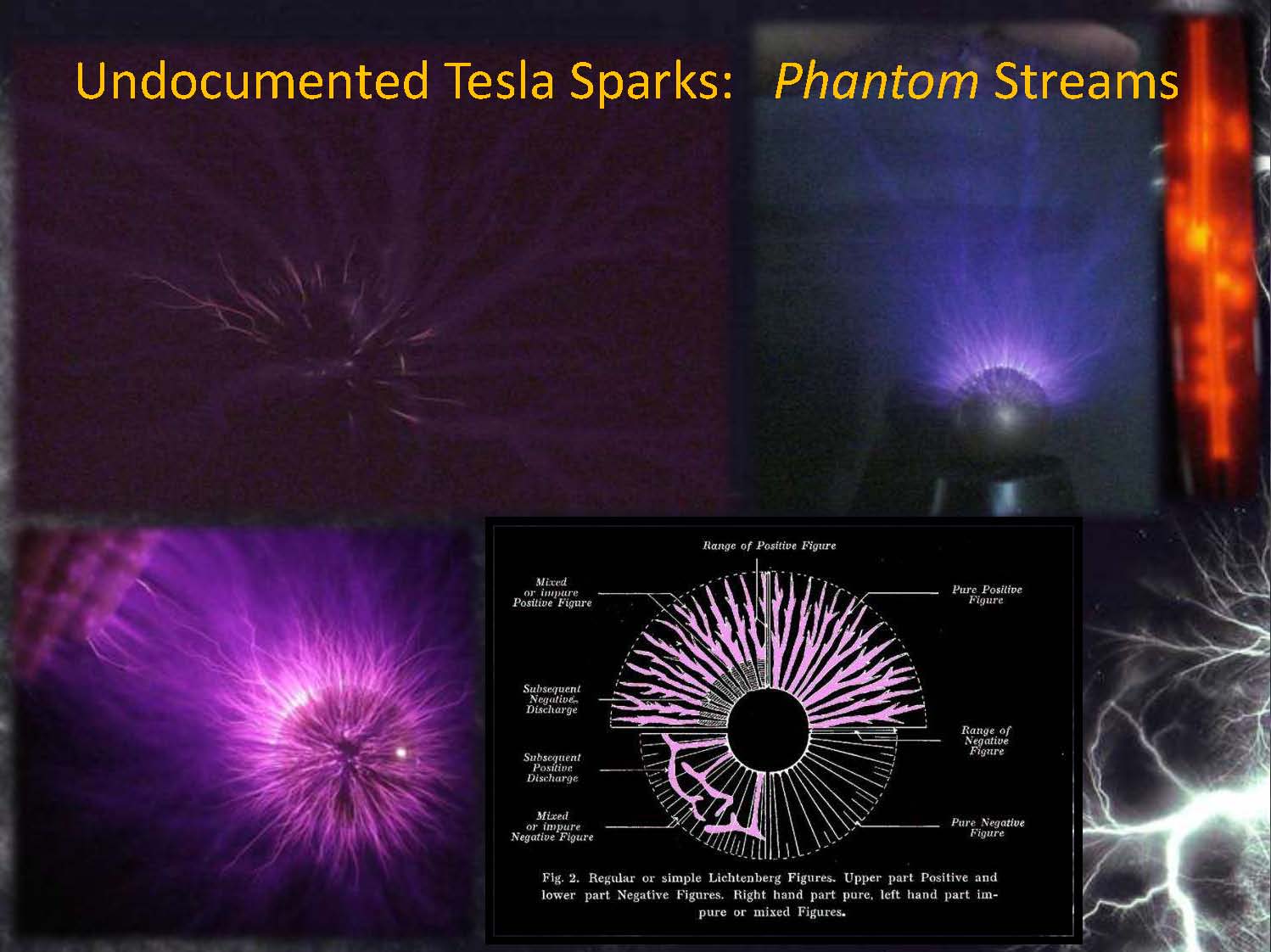
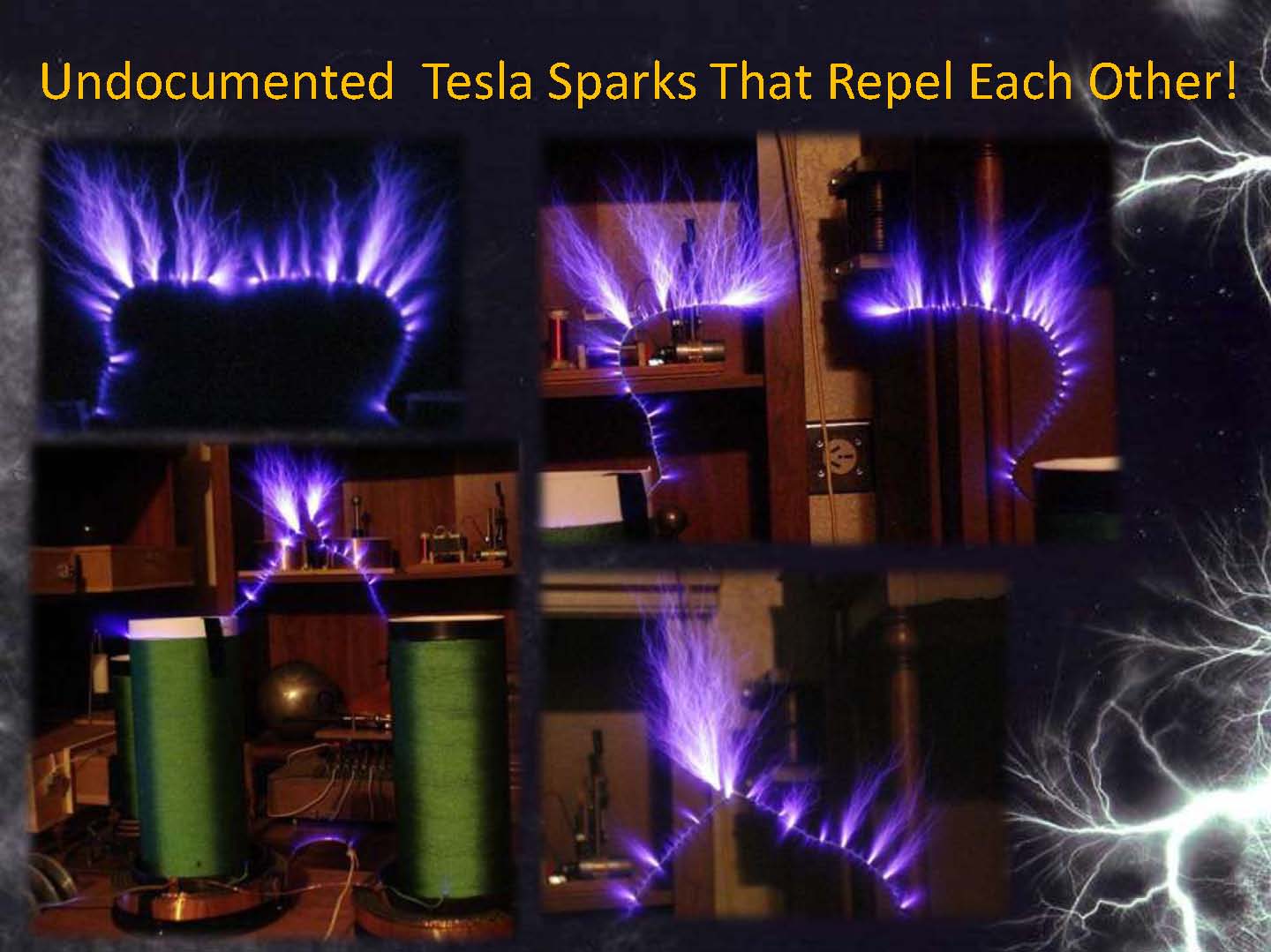
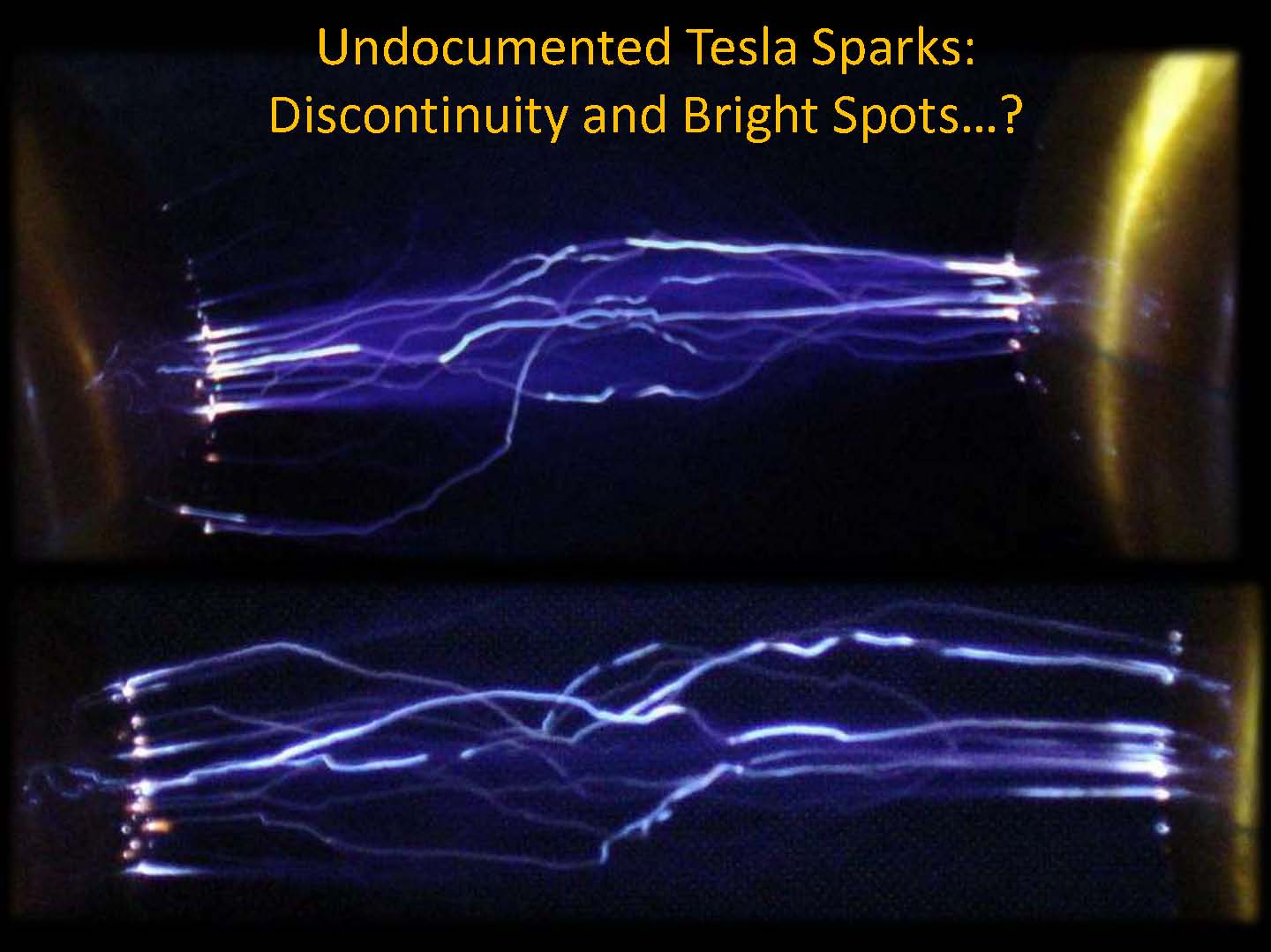


(C) Jeff Behary , 2012
|